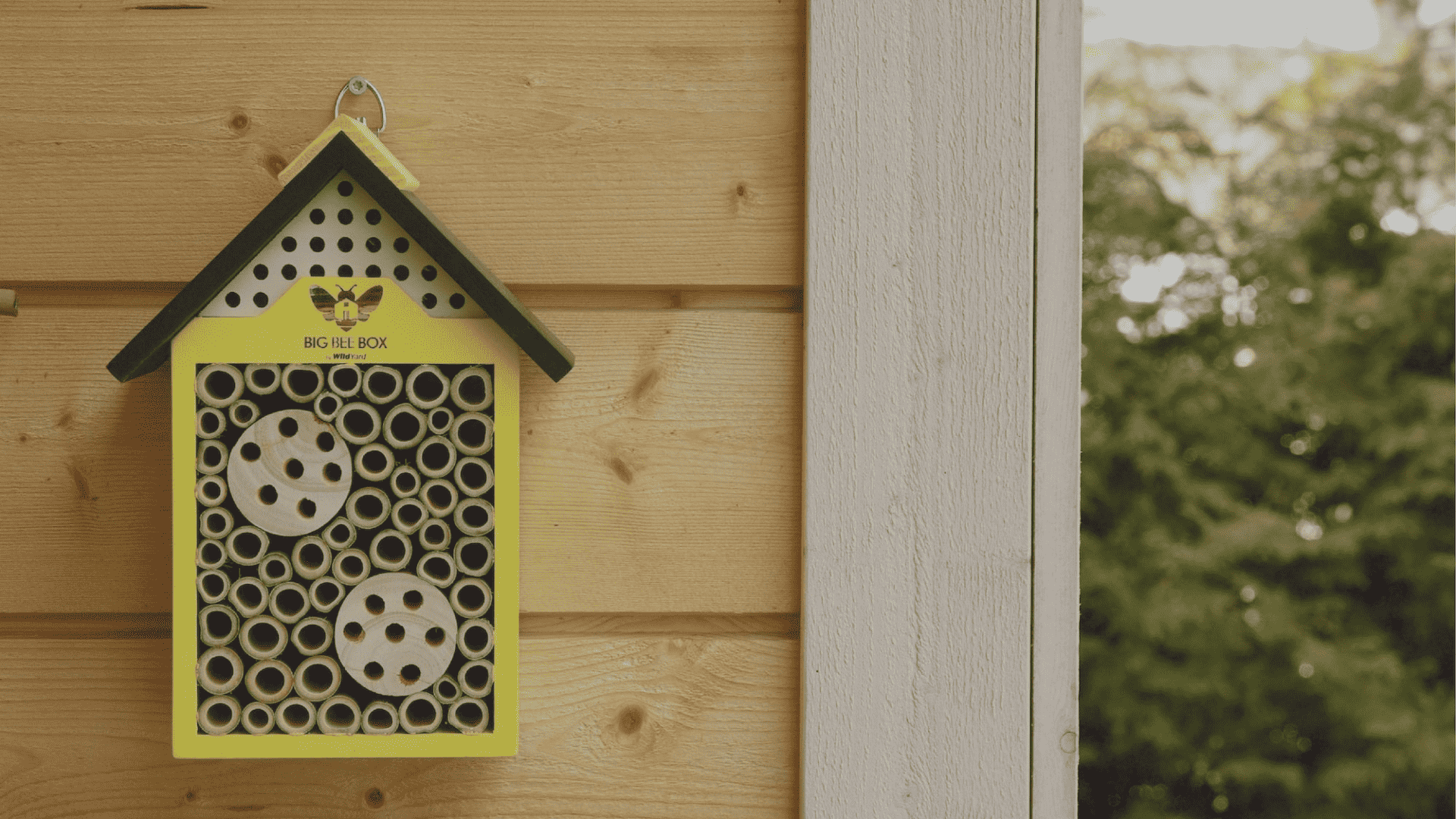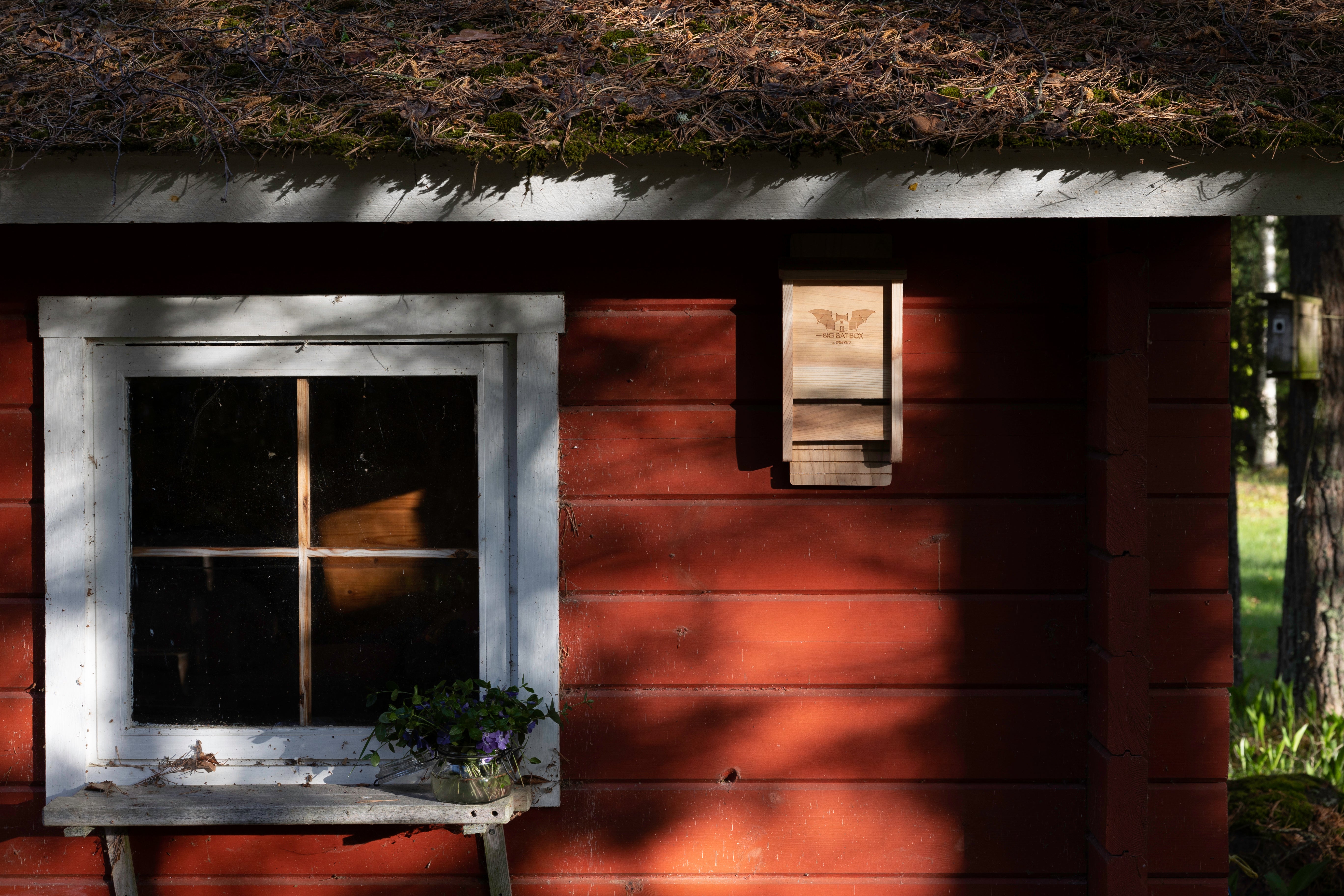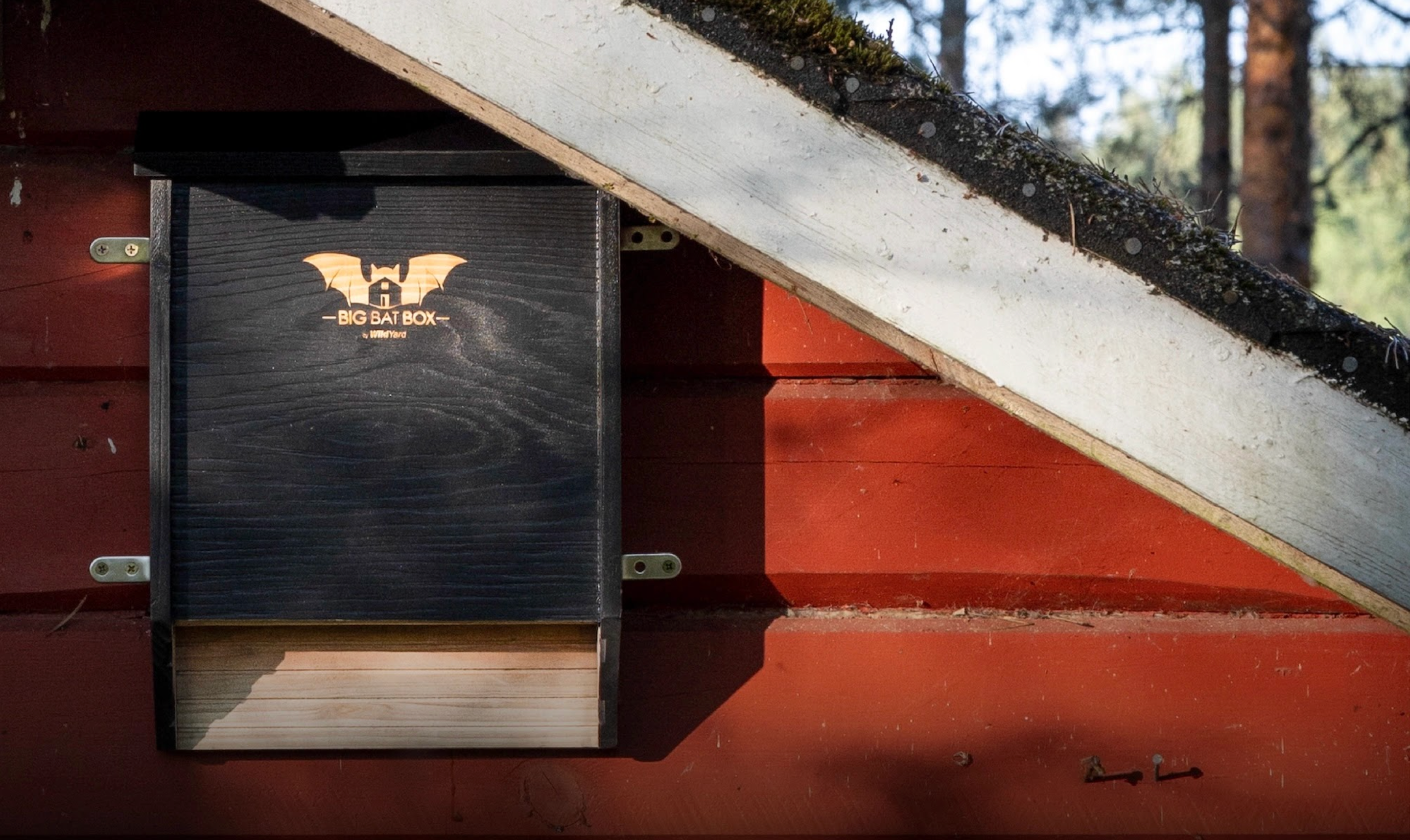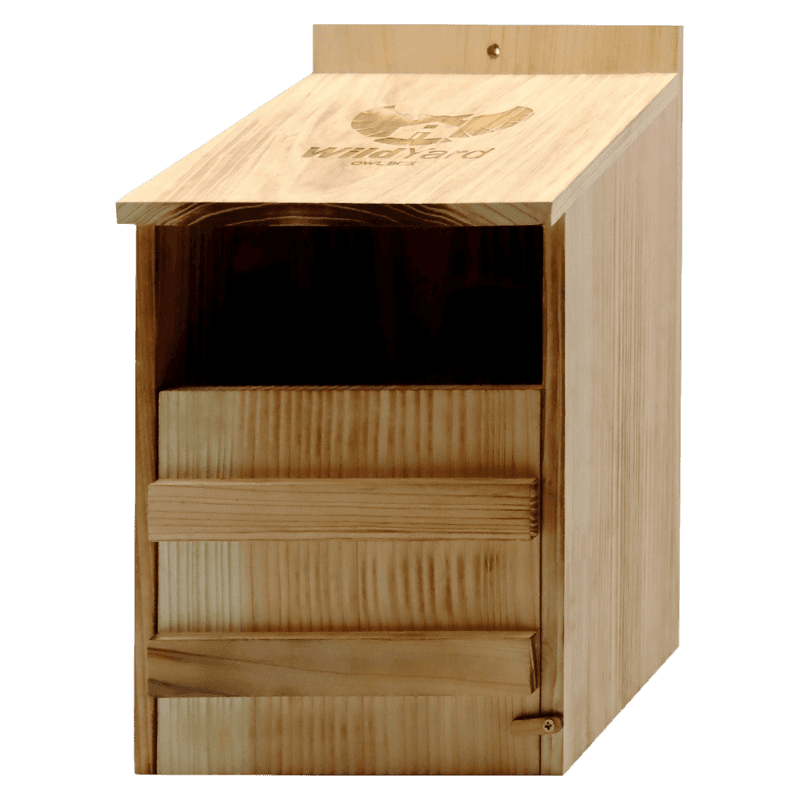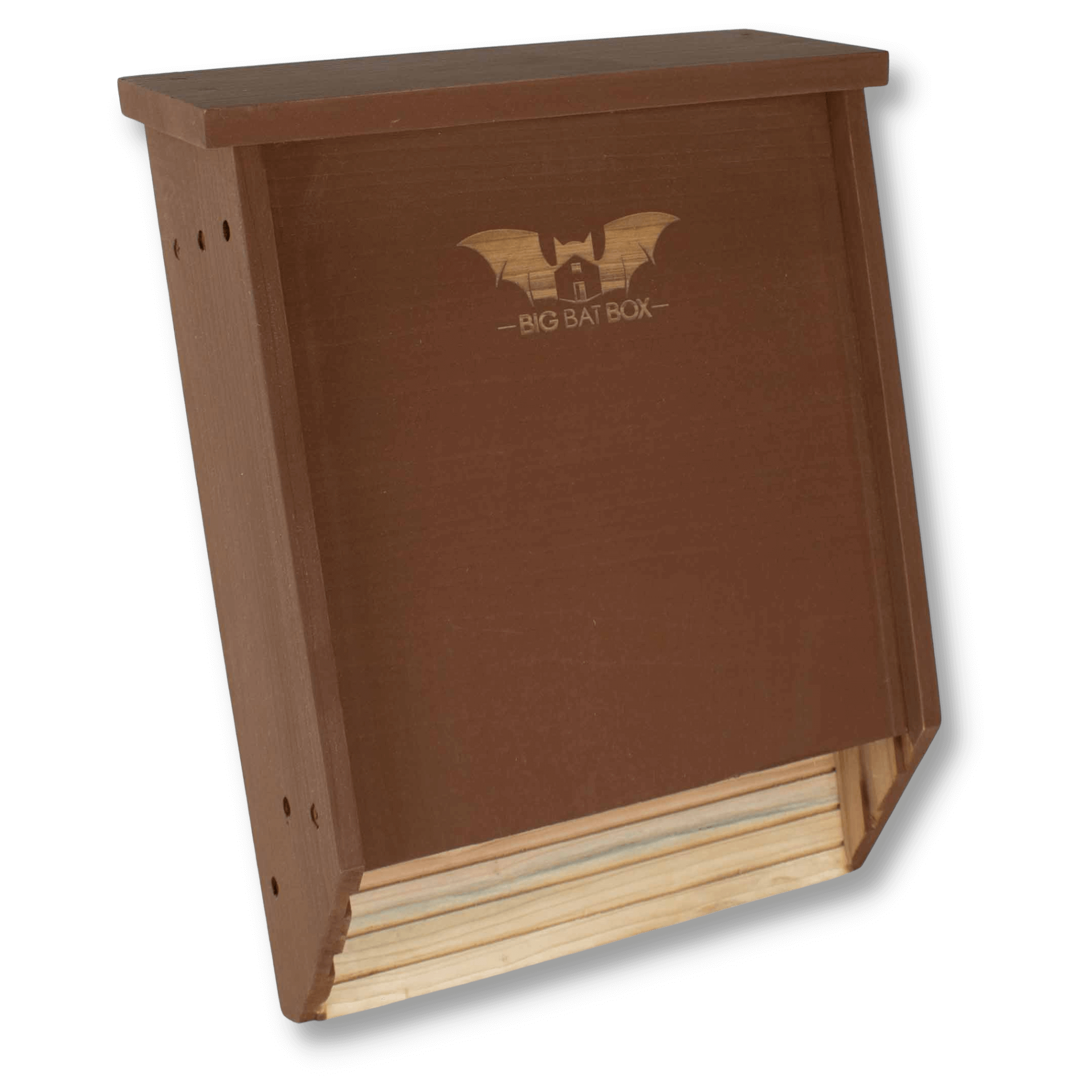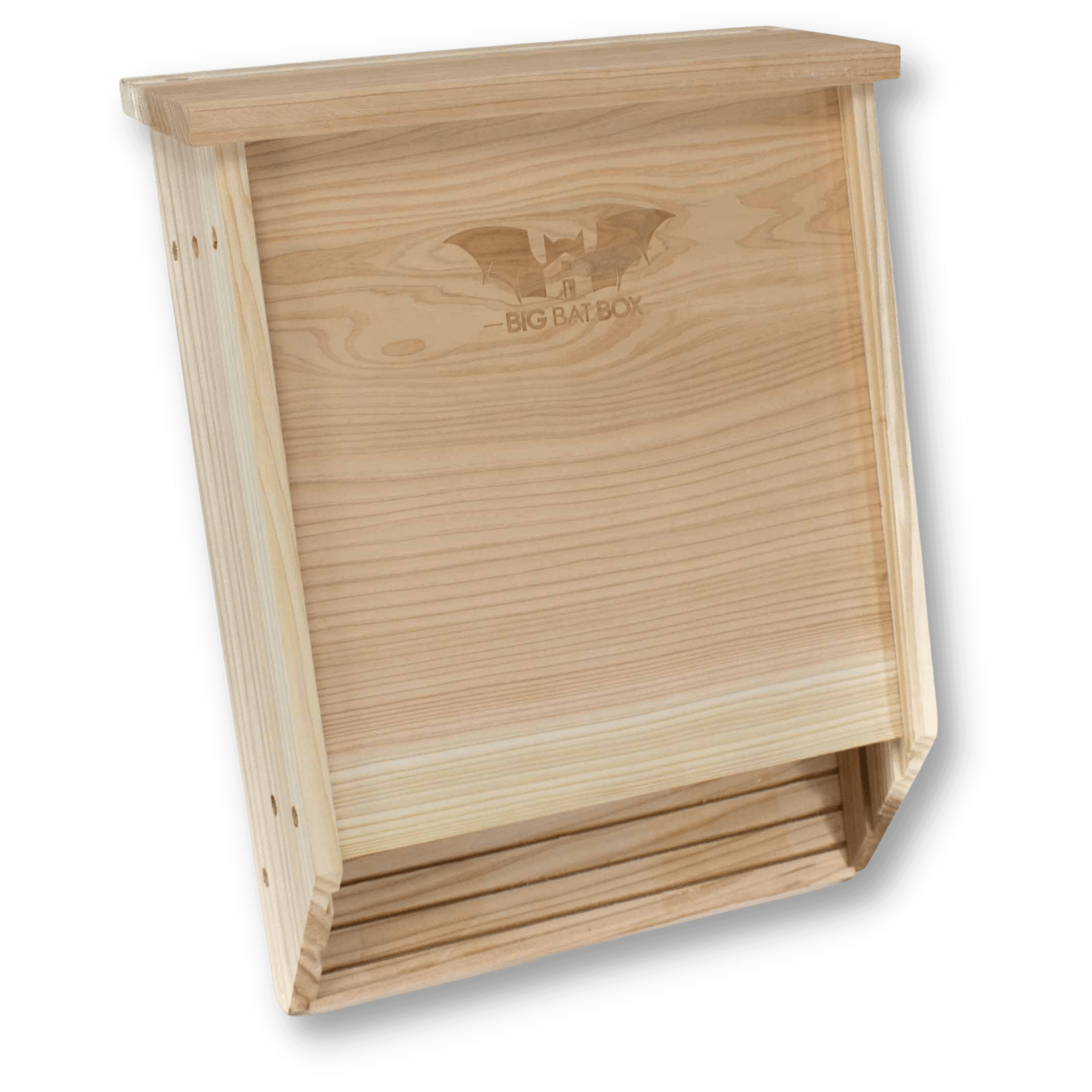THE BENEFITS OF HELPING
Help the planet and your backyard
A bat house is an excellent way to make the surrounding area of your home bug free while increasing its biodiversity.
Imagine enjoying your back porch without the worry of getting bitten by a mosquito.
Bats are an important part of a functioning ecosystem. Making a bat-friendly place in your backyard supports the ecologically essential role bats have in the environment. Attracting bats to yards and gardens with the help of bat houses can do wonders for land’s overall health.

Our Best Seller
3 Chamber Nursery Bat House
Three Chambers. Holds up to 200 bats.
Certified by Merlin Tuttle's Bat Conservation.
Homes for our flying friends
Turn your backyard into a haven for wildlife and see your garden benefit from it. Whether it's bats eating your mosquitos or bees pollinating your flowers and plants, you are sure to benefit.
Find the right bat box for you in a few quick steps 🦇

Certified by Merlin Tuttle's Bat Conservation
Used by National Parks
Our Bat Houses are used by national parks in the United States and Europe
Our Partners




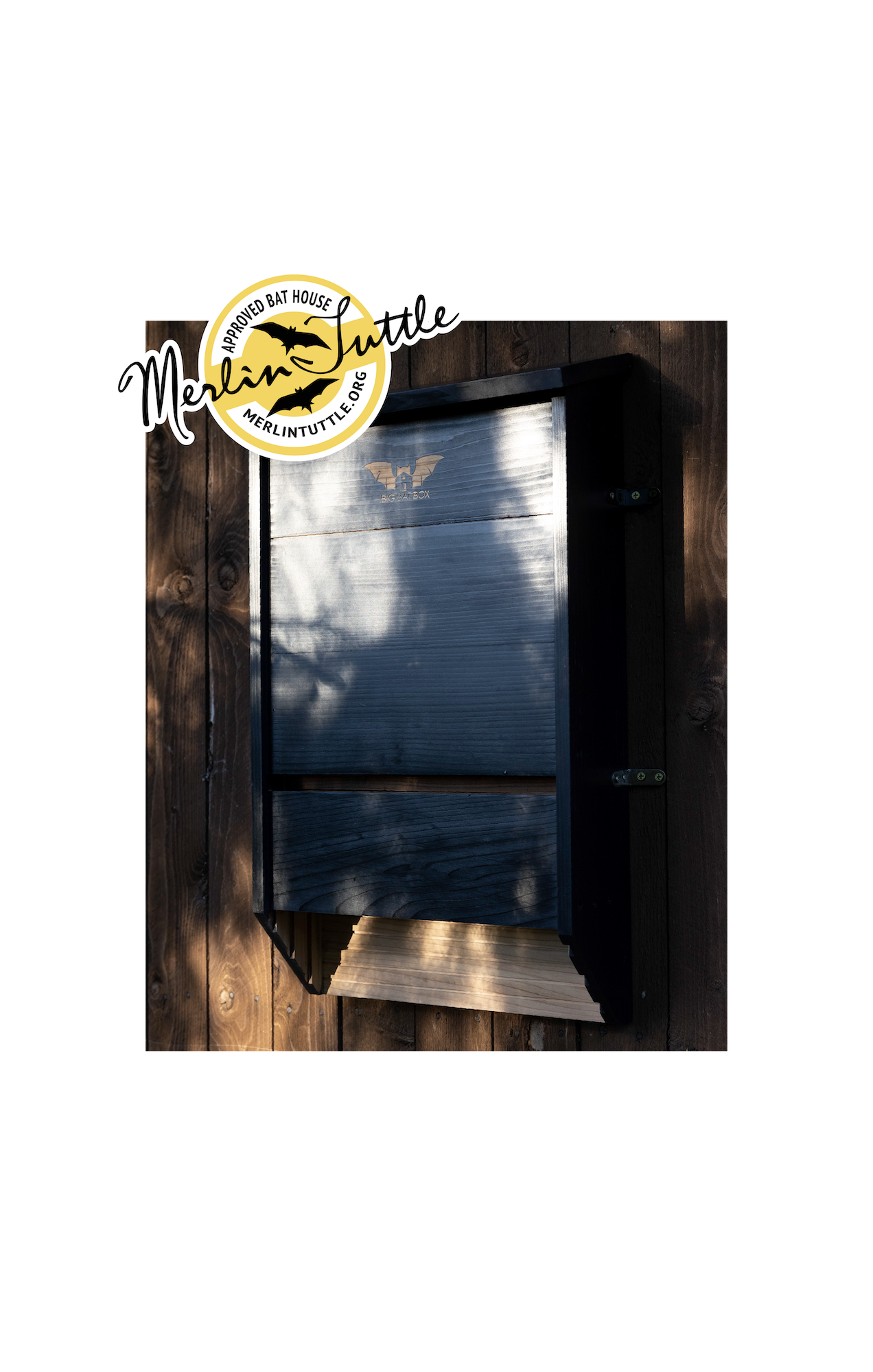
Premium Bat Houses
We ensure the quality of bat houses by meeting the strict standards of Merlin Tuttle Bat Conservation design excellence.
Key benefits from bat houses
Pest Control
Bats eat one of the most deadly organisms known to humans: the mosquito. Mosquitoes, in addition to being maddeningly annoying, can potentially carry a huge number of diseases.
Bats Survival
Bats are at risk from an epidemic of their own that has recently reached the United States, and this one can’t be transmitted to humans. White nose syndrome is a fungal disease that has killed an estimated 5.7 million bats in North America since arriving a few years ago, and in some areas has caused a 90 percent decline among certain bat populations. Providing an house for bats can help them rebuild populations after these outbreaks.
Improving the ecosystem
Bats are good for the diversity of the local life and for the maintenance of food crops. They eat a number of crop pests, including rootworm larvae, leafhoppers, ants, moths, beetles and flies, playing a vital role in the ecosystems in which they reside. Conserving their numbers is a noble thing to do, and bat houses are a simple way to contribute to this project.
Pollination
Several species of bats in tropical and subtropical areas of the Americas eat nectar. Many types of plants in these regions rely on bats for pollination and seed dispersal, such as the blue agave. In some southwestern parks, long-nose and long-tongue bats are perfectly adapted to pollinate these plants, and they provide extensive value to the agricultural industry. So next time you sweeten your coffee with agave nectar, remember to thank a bat.
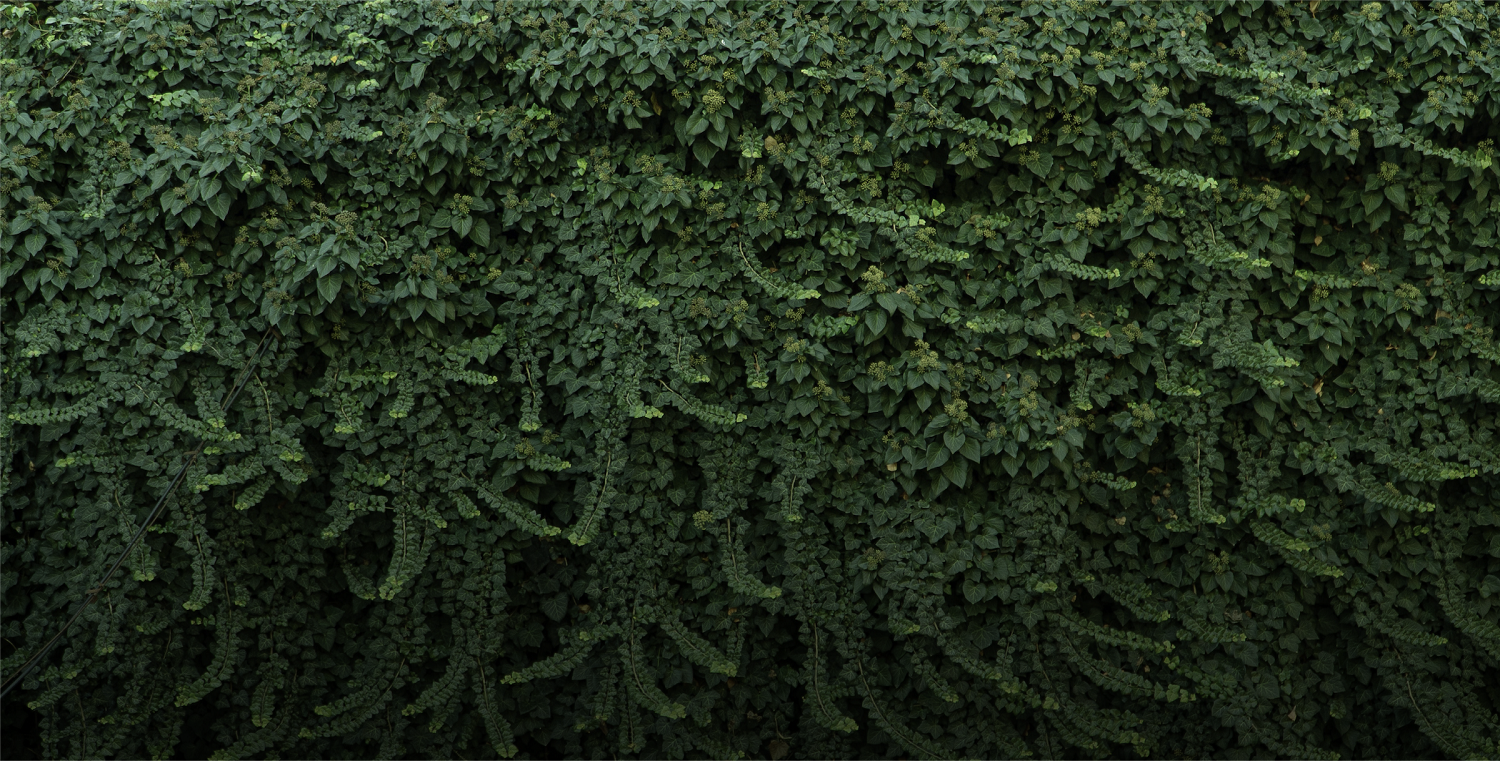
Testimonials
"Your bat house came highly recommended from my brother in law. We last counted 70 bats, talk about bug control. We went from constantly needing bug spray to needing absolutely nothing - ever. Thanks for making and selling these!"
JOHN D.



